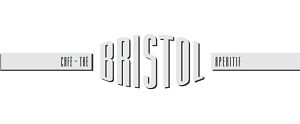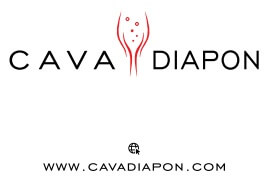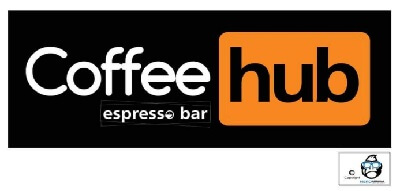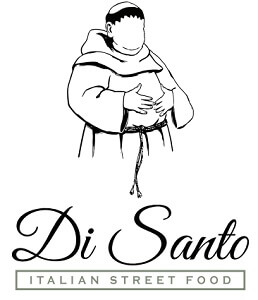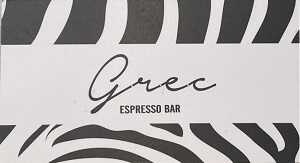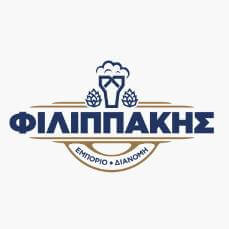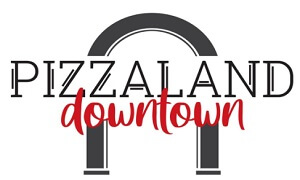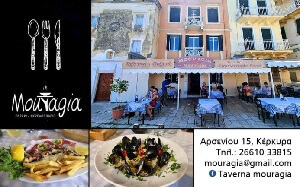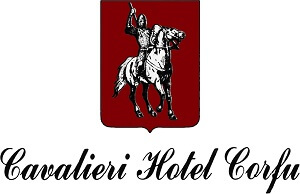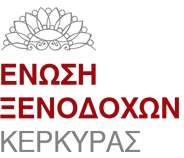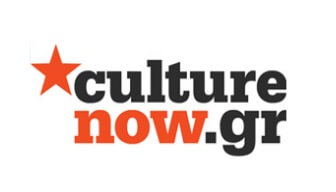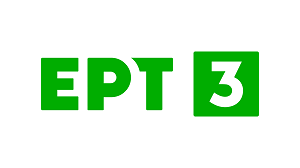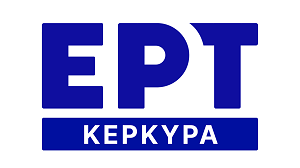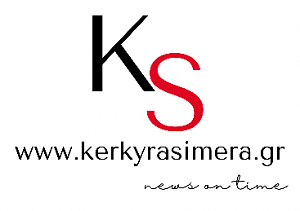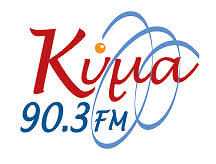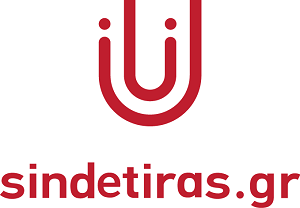During the course of centuries mathematics has interacted in many ways with culture and human activities, and among these a place of privilege has been reserved for art and architecture. Numerous artists, architects and historians of mathematics have made these relationships evident, such as Piero della Francesca, Leonardo, Albrecht Dürer, Maurits Cornelis Escher, Felix Klein, G. David Birkhoff, Andreas Speiser and Federigo Enriques, to mention only some of the most celebrated. In this study we will show several examples of the existence of three levels of interaction between mathematics and art: the presence of a mathematical substrate in various artifacts from antiquity, the conscious or unconscious application by artists of mathematical principles whose theories had not yet been fully developed, and finally the relationship established by some mathematicians with artists and art theorists that permitted an awareness and acquisition of mathematical knowledge and rules that were then applied to artistic creations. The development of these three levels of interactions between mathematics and art can be a valid aid to the creation of a unified vision of the history of culture of peoples and civilizations.
Curves detection in digital image data is an important task in vision based systems as shapes of real world objects can often be described by geometric primitives like ellipses or be assembled by them. Hough has proposed an interesting and computationally efficient procedure for detecting curves in pictures. The Hough transform (HT) is a technique which can be used to isolate features of a particular shape within an image. Because it requires that the desired features be specified in some parametric form, the classical Hough transform is most commonly used for the detection of regular curves such as lines, circles, ellipses, etc. The main advantage of the Hough transform technique is that it is tolerant of gaps in feature boundary descriptions and is relatively unaffected by image noise. It also shows how the method can be used for more general curve fitting and gives alternative interpretations that explain the source of its efficiency.
We use HT to detect patterns of mathematical curves in paintings to check the degree to which they deviate from standard curves. This will enhance our goal, based mainly on a literature search, in an attempt to validate the view that mathematics and the art of painting are two directly intertwined fields, focusing research interest on the extent to which the science of mathematics in each period was a source of inspiration for painters without being directly observable. There is an inner mathematician visually expressed in art, and this visual approach can demystify mathematical teaching. The interdisciplinary study of math and science through the filter of art is a creative activity that can align emotional and sensory perspectives for educational purposes.
Key words:
history of mathematics; art history; art-science connections; image processing; pattern recognition; curve detection; Hough transformation
References
L.B. Alberti 1435 Περί ζωγραφικής. Εκδόσεις Καστανιώτη 1994,Εισαγωγή-Μετάφραση-Σχόλια: Μαρίνα Λαμπράκη-Πλάκα.
Andersen 2008 The geometry of an art: the history of the mathematical theory of perspective from Alberti to Monge
Barrallo 2011 Ovals and Ellipses in Architecture
Bouleau, Charles. The Painter's Secret Geometry. NY: Harcourt, 1963.
Buades 2018 Contours, Corners and T-Junctions Detection Algorithm
Burnard P, Gill P, Stewart K, Treasure E, Chadwick B. Analysing and presenting qualitative data. Br Dent J 2008, 204:429–432
Chanetz 2020 The Passion of Flight
Chen 2017 A hybrid method for ellipse detection in industrial images
Gombrich E., 2008. Το Χρονικό της τέχνης. Μορφωτικό Ίδρυμα Εθνικής Τραπέζης
Cont i2021 Ellipses and ovals:two curves so close and so far
F. Cucker 2013 Manifold Mirrors: The Crossing Paths of the Arts and Mathematics, Cambridge University Press
Davis P.J.,2005 Η Μαθηματική Εμπειρία. εκδόσεις Τροχαλία.
duda 1972 Use of the Hough transformation to detect lines and curves in pictures
Euclid’s Elements have been extensively published over the centuries. The following is a very nice web resource http://aleph0.clarku.edu/~djoyce/java/elements/bookI/bookI.html
Hart 2009 How the Hough Transform Was Invented
Herz-fischler 1990 Durer's Paradox or why an ellipse is not egg-shaped
Kandinsky, W. 1979 Point and line to Plane, Dover Publications, Inc. New York.
Libuda 2007 Ellipse Detection in Digital Image Data Using Geometric Features
Lo 1997 Perspective-transformation-invariant generalized hough transform for perspective planar shape detection and matching
Lopez, Lorenzo, Alonso 2020 The drawing of the ellipse in the painting until Caravaggio
Lu 2017: Circle detection by arc-support line segments
Marcus du Sautoy 2016, The hidden maths in great art https://www.bbc.com/culture/article/20160307-the-hidden-maths-in-great-art
Math-art tools https://mathmunch.org/math-art-tools/
Marcio Luis Ferreira Nascimento and Luiz Barco 2007 How Does Mathematics Look to You?
Martorel, Buades, Lisani 2021 Multiscale Detection of Circles Ellipses and Line Segments Robust to Noise and Blur
Mclaughlin 1998 The Hough Transform Versus the UpWrite
mukhopadhyay 2015 A Survey of Hough Transform
B Novak2007 American painting of the nineteenth century: realism, idealism, and the American experience
Ornes Stephen, 2019 For these artists, math is their muse
https://www.sciencenewsforstudents.org/article/math-is-muse-for-these-artists
Prasad 2012 Edge curvature and convexity based ellipse detection method
Rosenfeld 1969 Picture Processing by Computer
Saeki, A., Kaneko, M., & Saito, D. 2017 Case Study of Pre-service Teachers Education for Mathematical Modelling and Applications Connecting Paintings with Mathematics.
In G.A. Stillman et al. (Eds.), Mathematical modelling and applications: Crossing and researching boundaries in mathematics education (pp. 313–323). Cham: Springer
Taylor, A., Micolich, A., Jonas, D. (1999) Fractal expression, Physics World, 12,October, p 25-28.
B.L. Van der Waerden 2000. Η Αφύπνιση της Επιστήμης. Πανεπιστημιακές εκδόσεις Κρήτης
M. W. Wartofsky1979 Pictures, Representation, and the Understanding
Walker C , Winner E , Hetland L , Simmons S , Goldsmith L, 2010. Visual Thinking: Art Students Have an Advantage in Geometric Reasoning
Zhao 2021 Deep Hough Transform for Semantic Line Detection
Back
SPONSORS
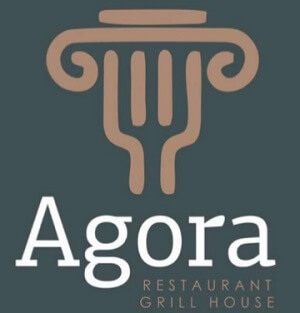 Agora Restaurant Grill House
Agora Restaurant Grill House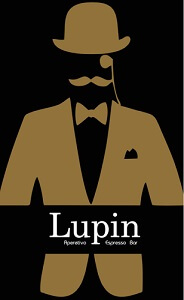 Lupin Aperitivo Espresso Bar
Lupin Aperitivo Espresso Bar

